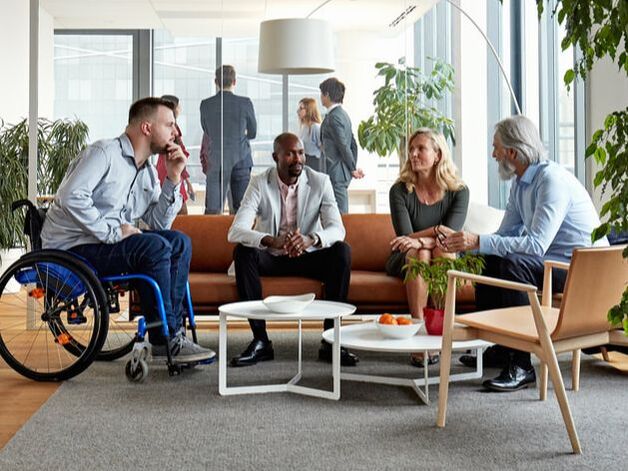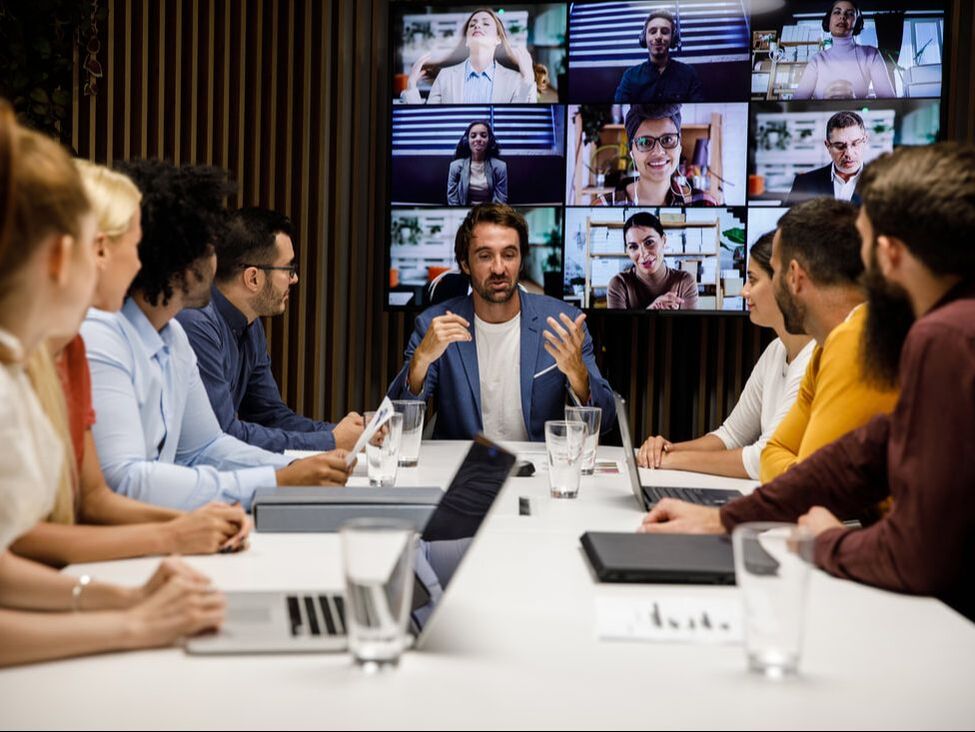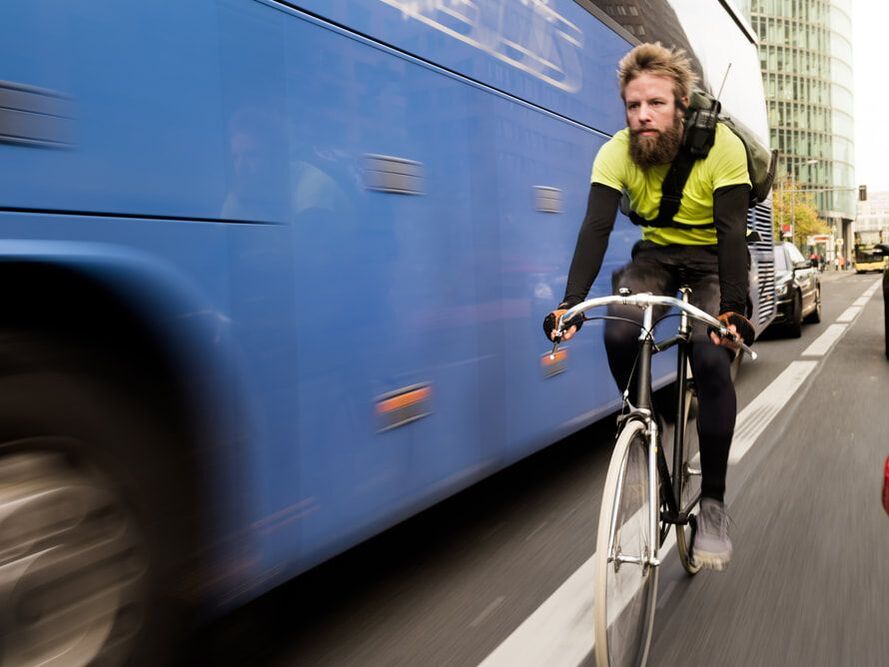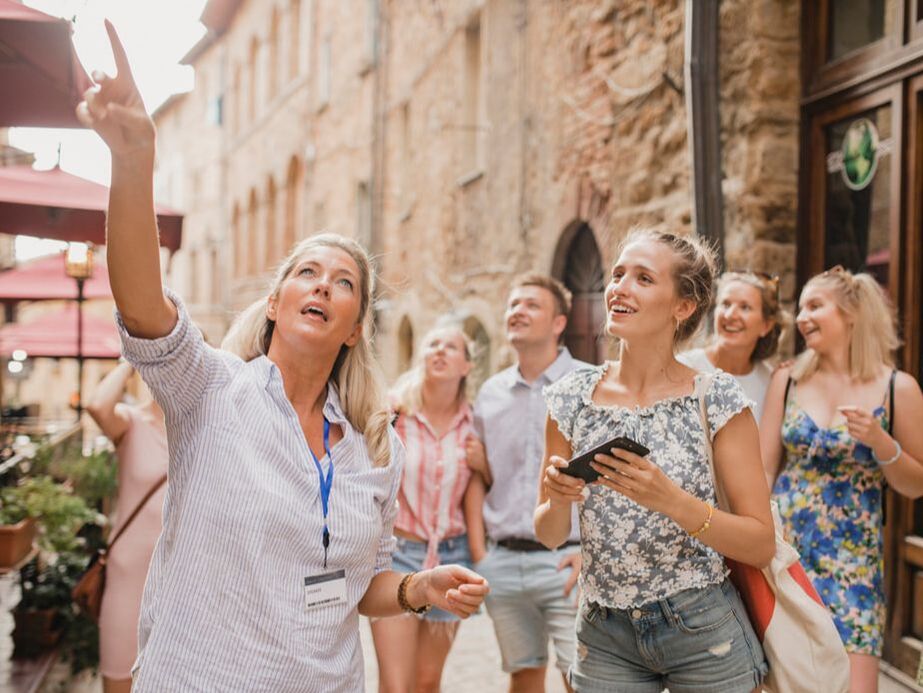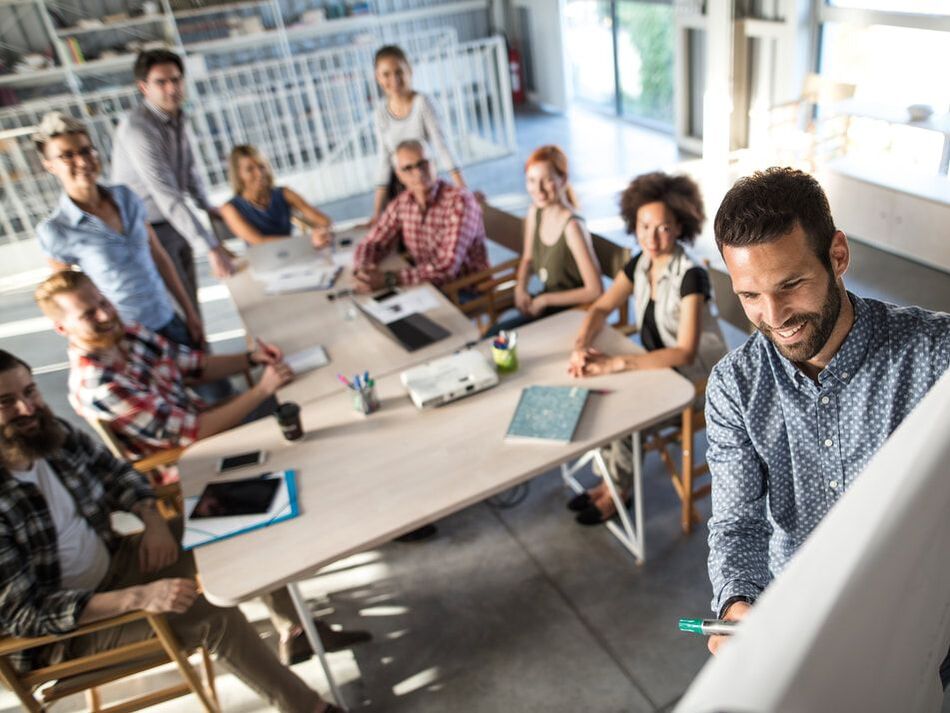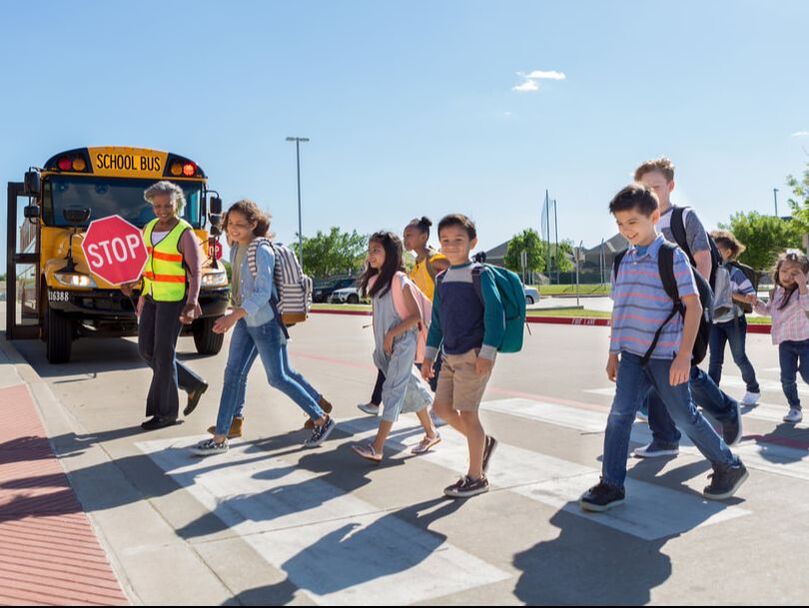The PARTNER Process.The PARTNER Program is a innovative equity-based step-by-step process you can use to work with your local community to (a) identify unique walking and bicycling improvements that are specific to your local needs; (b) document concerns, needs, experience, and benefits; and (c) pursue funding to help implement these improvements.
|
STEP 1: Build Your Equitable Community Coalition TeamYour success will depend heavily on how well you equitably engage with your community throughout this process. Everyone's voices must be heard! To begin, your community needs to identify key residents to lead this work. These folks will be the ones identifying community needs, selecting improvements, and documenting their activities along the way. As such, you will need to find enthusiastic members that represent your entire community. This means you should work to include different ages, genders, ethnicities, socioeconomic backgrounds, mobility levels, roles within the community, residence locations, experience walking/cycling, etc.
For help forming an equitable community coalition, review our coalition guide. |
STEP 2: Define Your Community Goals & ObjectivesNext, you will work with your coalition to select specific goals and objectives for your community. These can be consider locations where you have safety concerns, corridors where you’d like better opportunities to walk or bike, or areas of your community you would like to promote more general activity. In this step, you may brainstorm many ideas, but it will be useful to select a few specific objectives to focus on. The more specific you can get, the better your results!
For help identifying goals and objectives, review our discussion prompts and community guidebook. |
STEP 3: Assess Your Active Travel Needs with Audits & ARV ToolIn the next two steps, you will document how well your community currently supports walking and bicycling. First, you will document the community environment. This means you will collect data to document where you currently have (or don’t have) places to walk or bike, where you have roadway or crossing safety issues, and where you have routes that could support walking and cycling. A key component of this step is documenting the locations of everyday destinations citizens frequently visit and the routes they use to get there. We want to make sure they can walk and bike there too!
For help assessing your environment, review our Walk/Bike Assessment Tool and Active Routes Visualization Tool. |
STEP 4: Conduct Community PhotoVoice Walking & Listening SessionsIn tandem with the previous step, you will also document the community's experiences. This means you will collect data to document stories from coalition members and other community members about how they currently use roadways, how traveling along these roadways make them feel, and their goals for what travel across town could be. This type of documentation is personal, and it is important to have all community voices represented. Sharing pictures is a great way to communicate these personal stories.
For help with documenting your community needs, review our PhotoVoice and Walking Tour activities. |
STEP 5: Participate in Peer Coalition Discussions and WorkshopsAt any time during this process, you may have questions about best practice, potential pitfalls, additional ideas, or typical experiences. Keep in mind you are not alone in this process, and there are many folks pursuing the same goals for their community! In this task, we recommend finding colleagues you can discuss your work with, including those who are further ahead as well as those who are right there with you. They can help you brainstorm as well as cheer you on.
For help connecting with peers, please contact the PARTNER team. |
STEP 6: Document Your Community's Path ForwardAt this step, it is time to package all the work you’ve done and information you’ve collected about your community environment and experiences into a focused report you can share with others. The goals of this report are to clearly (a) articulate your community’s specific active travel goals, (b) outline the current challenges and opportunities in your community, including specific data you collected, (c) recommendations for improvements, including the specific benefits and costs associated with each, and (d) the equitable and representative process your coalition has followed to arrive at these recommendations.
For help developing supporting documentation, review the action plans created by communities so far. |
STEP 7: Seek Funding and Identify PartnersYou are now ready to share your final report with potential partners to help fund and build the projects you are recommending. You will need to look for partners at the local, regional, state or even federal level. There are many programs looking to support walking and cycling to help improve health, transportation congestion, community equity, and quality of life. you can start small, with support from folks at parks and recreation departments, city transportation officials, local political leadership, and state Departments of Transportation. As you work with different organizations, they will be aware of more opportunities to support your work, but don’t be afraid to go after specific funding as well.
For help seeking funding, review the local, state, and federal opportunities and collaborations. |
STEP 8: Implement Safety and Mobility Improvement ProjectsFinally, it is time to implement changes into your community to improve safety or mobility. In this last step, you will follow through to ensure your community project is successful. Once a project is built, it is good practice to evaluate and document the improvements in safety and mobility it generated. You can use these results to encourage more improvements in your community.
For help with implementation, review the best practice guidelines. |

